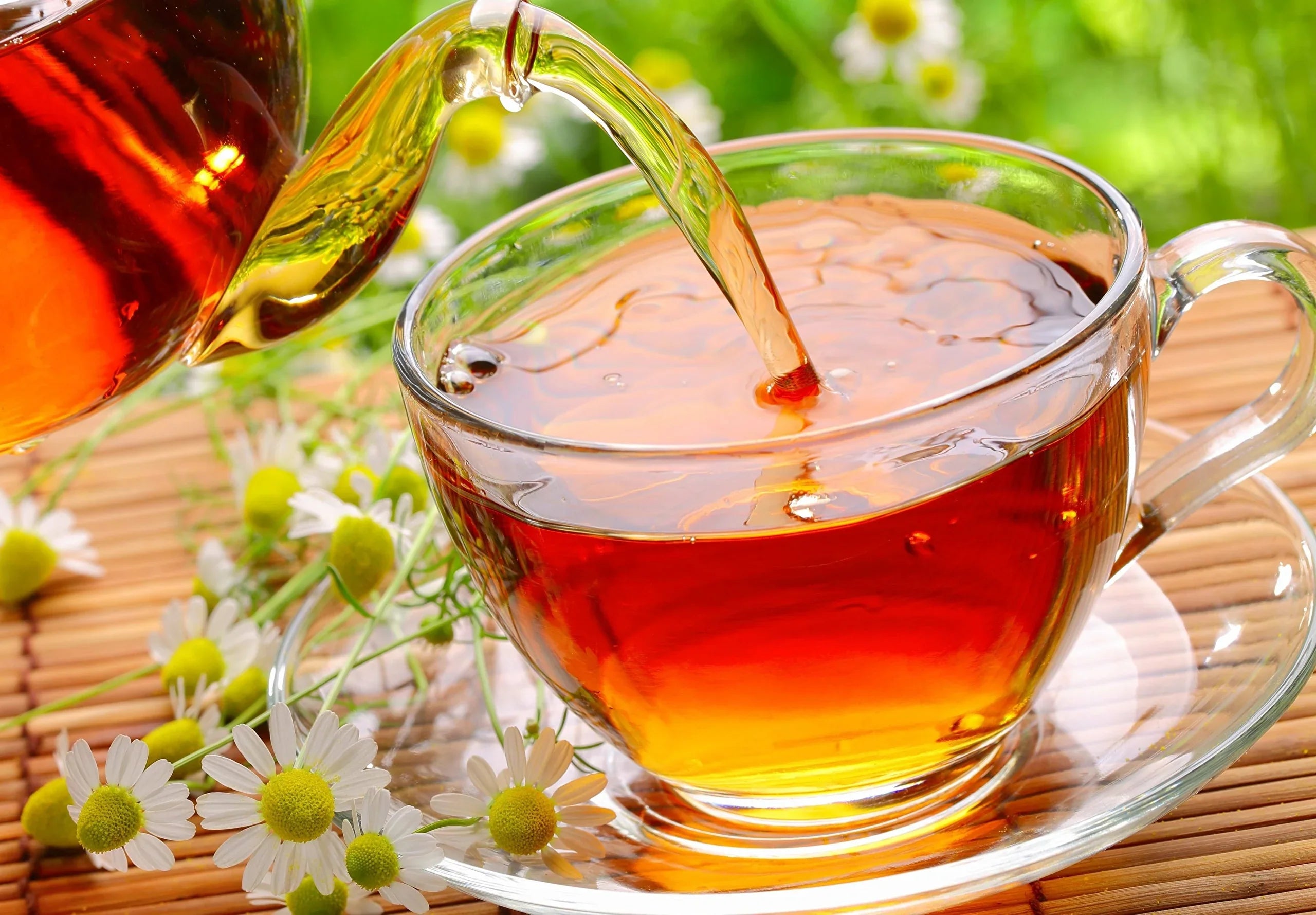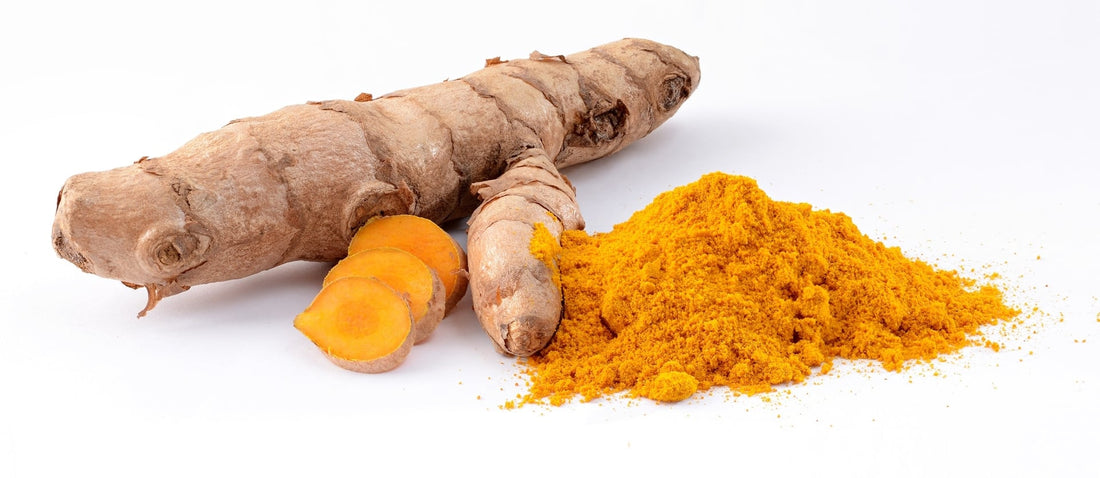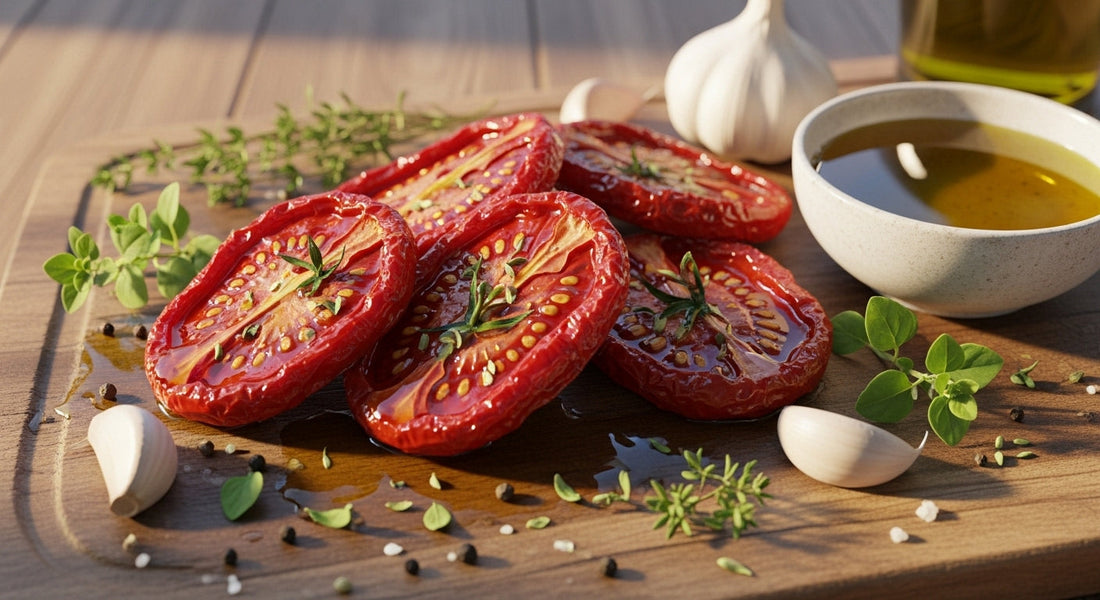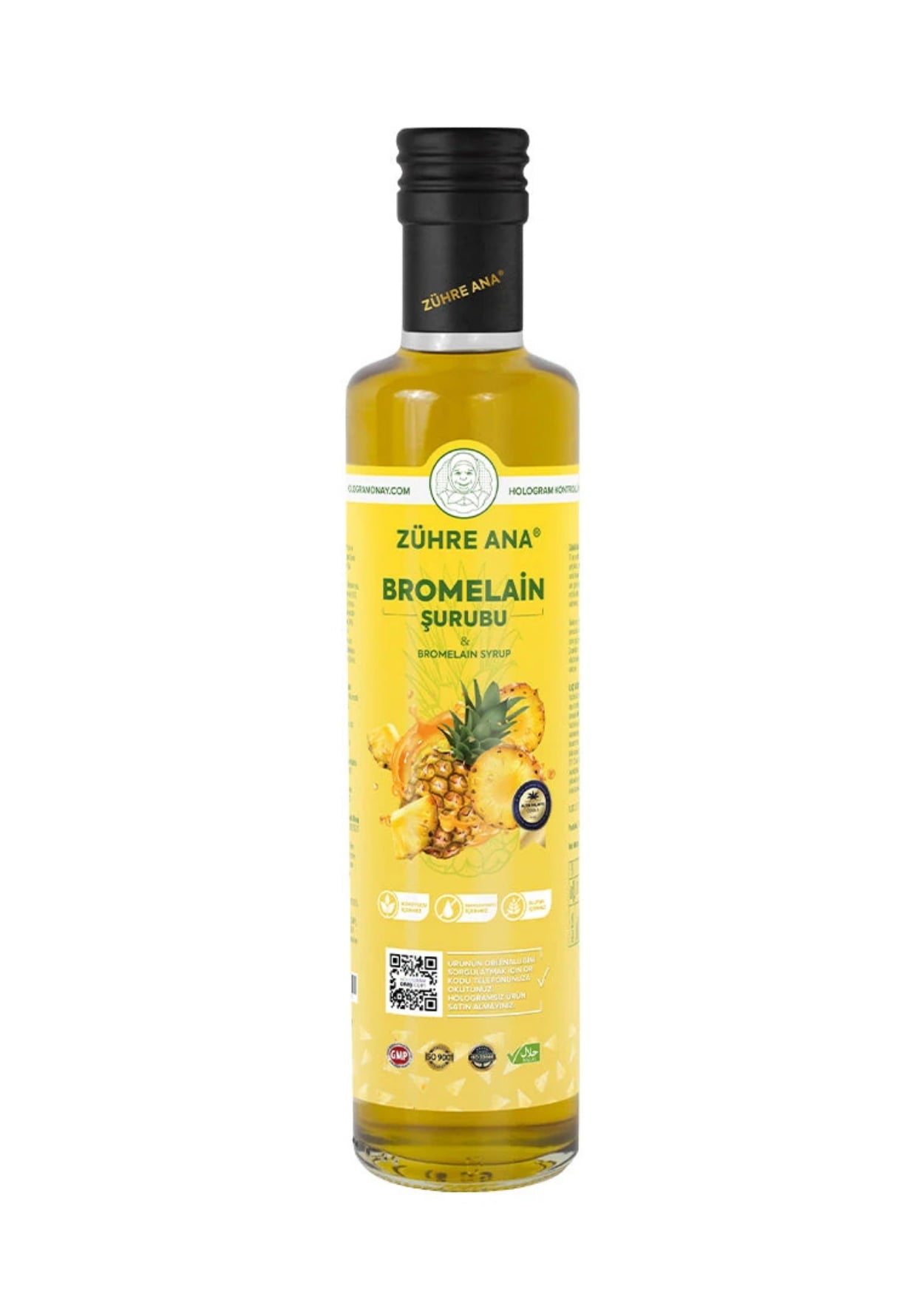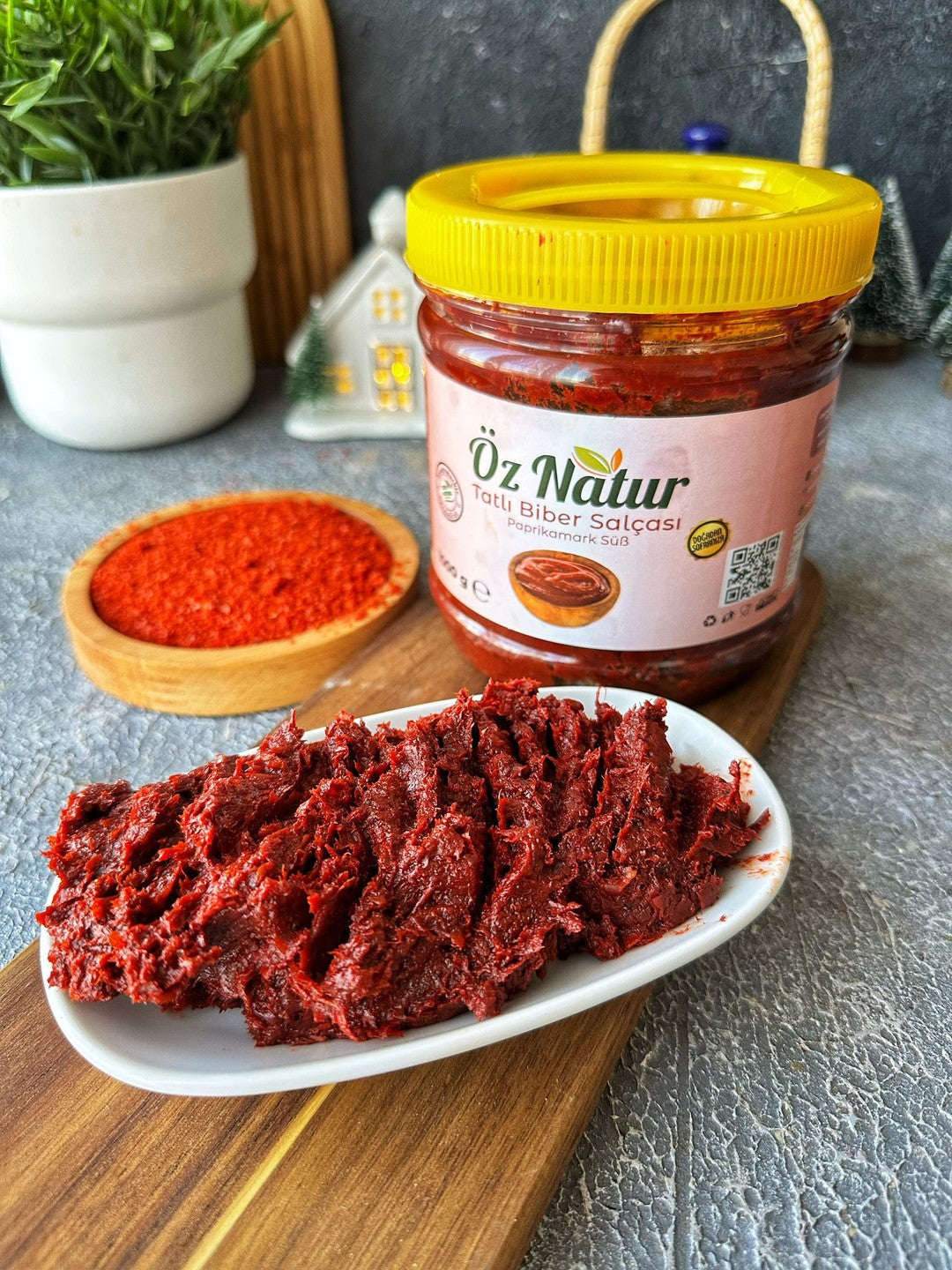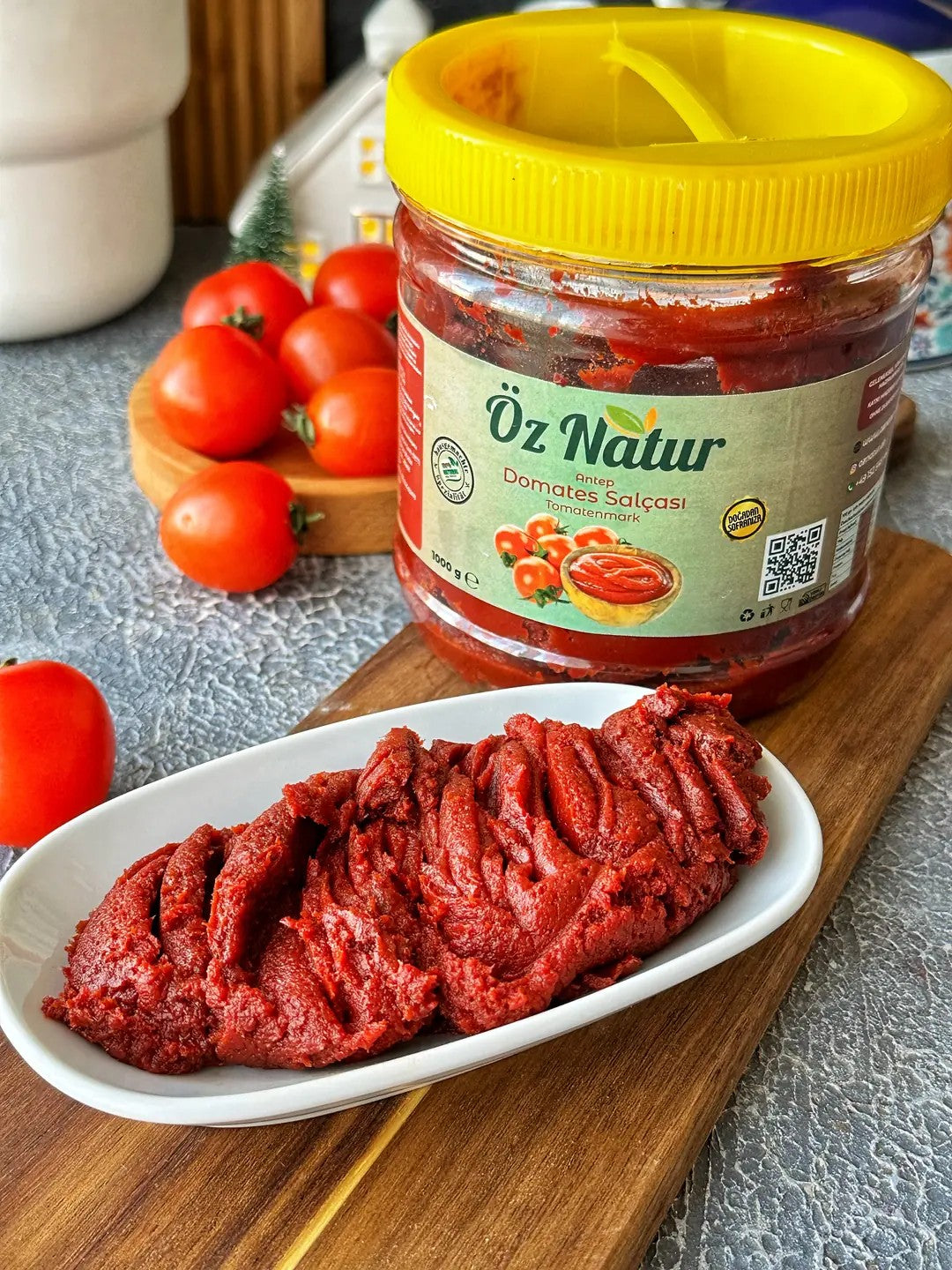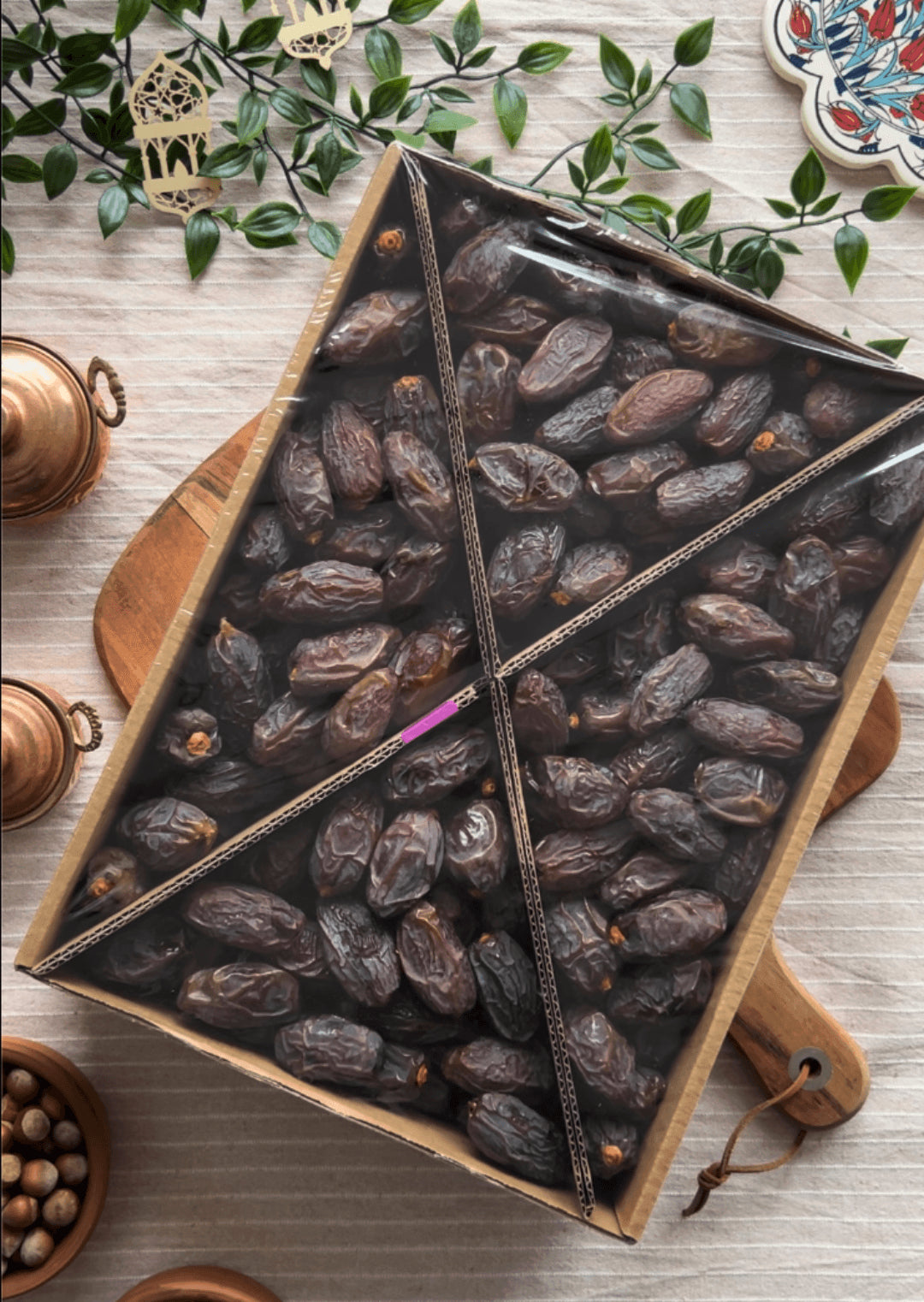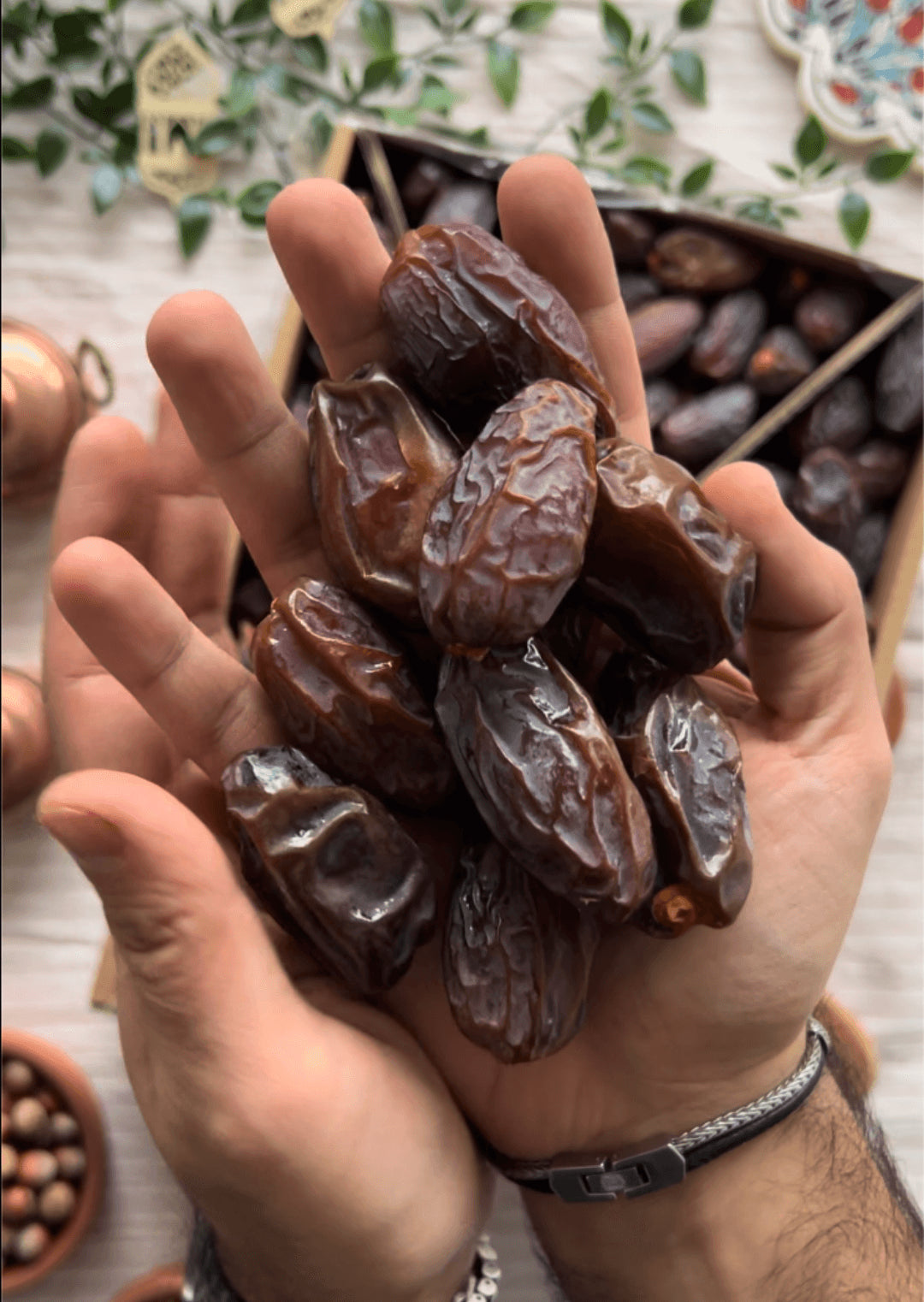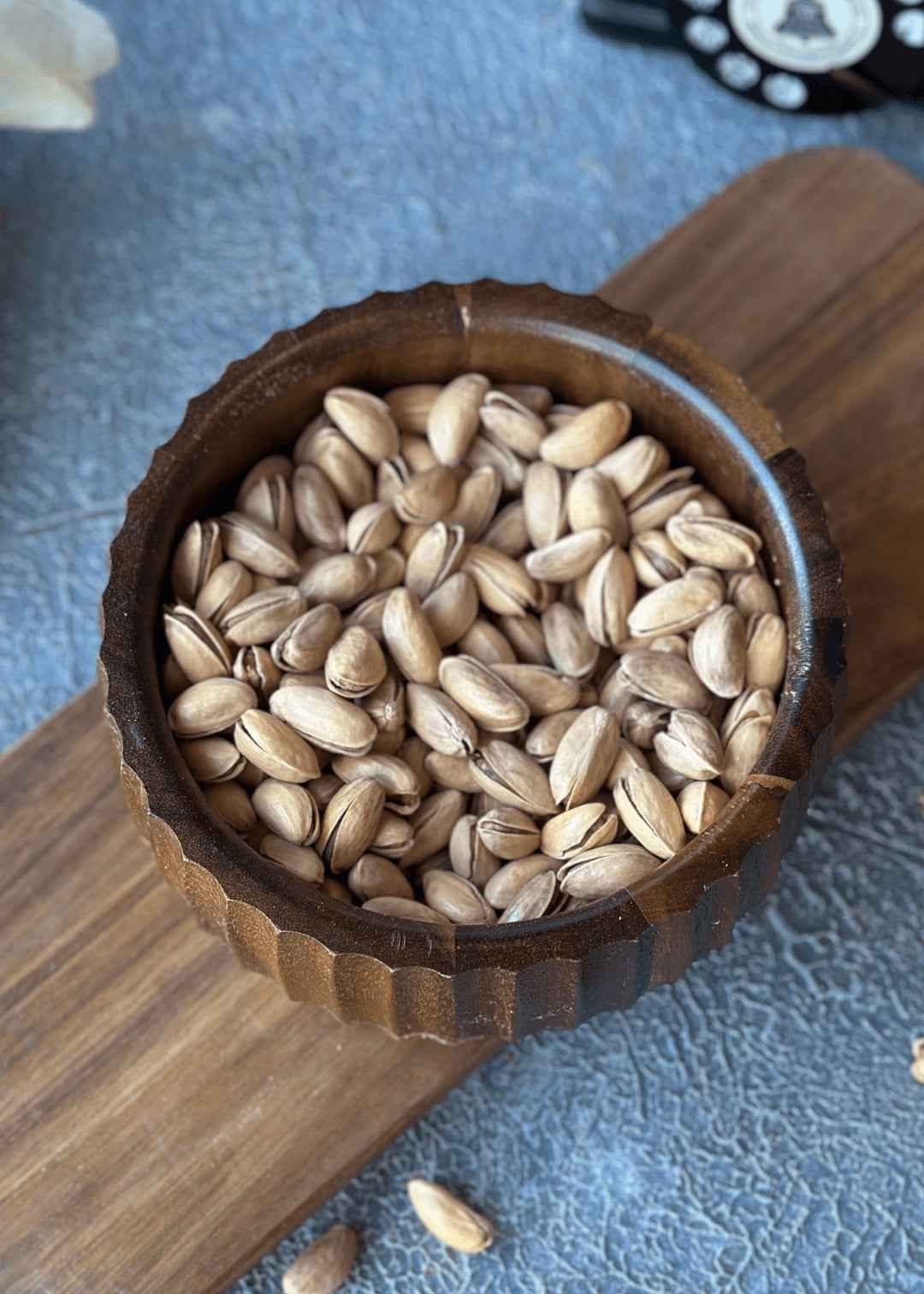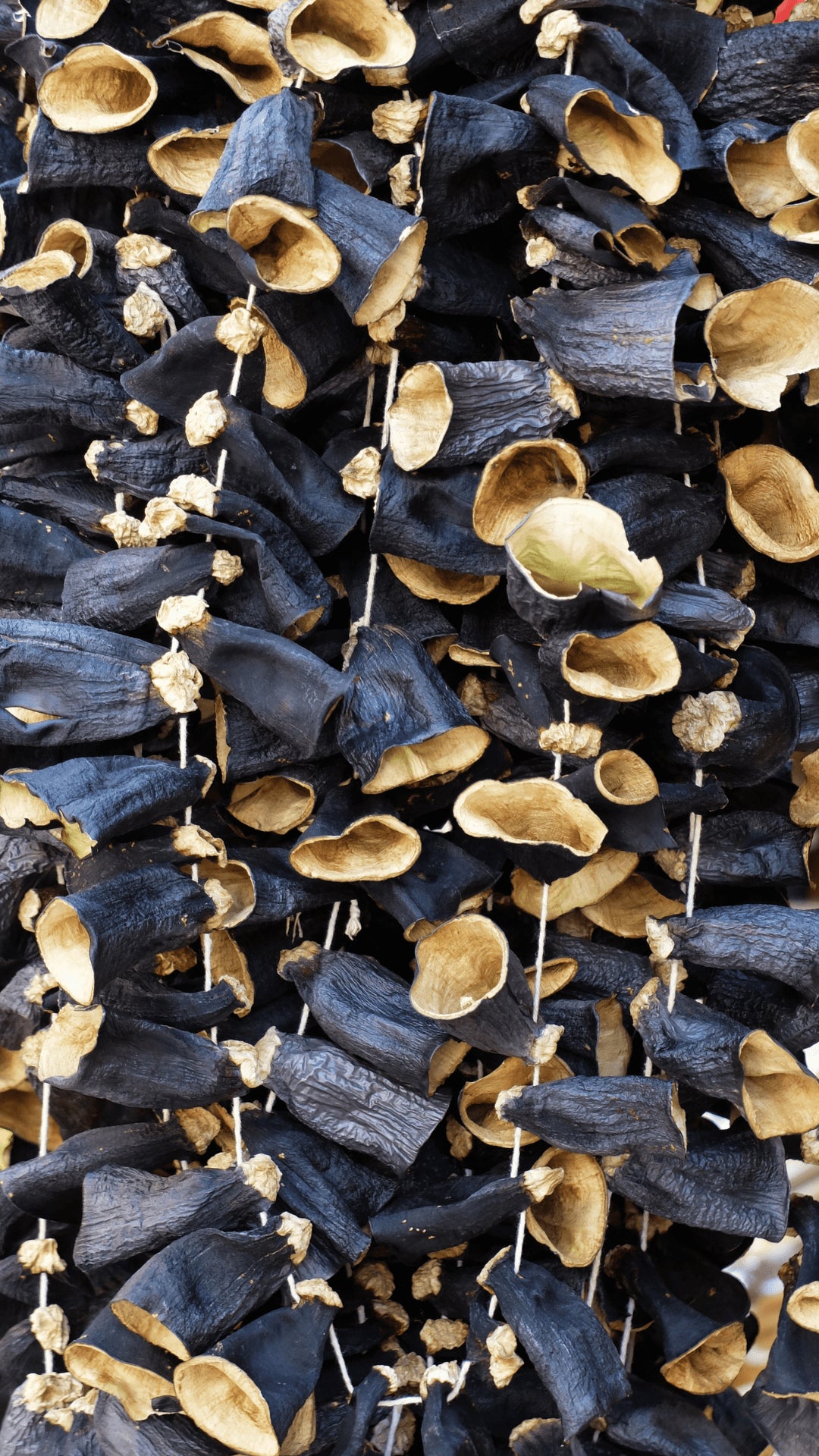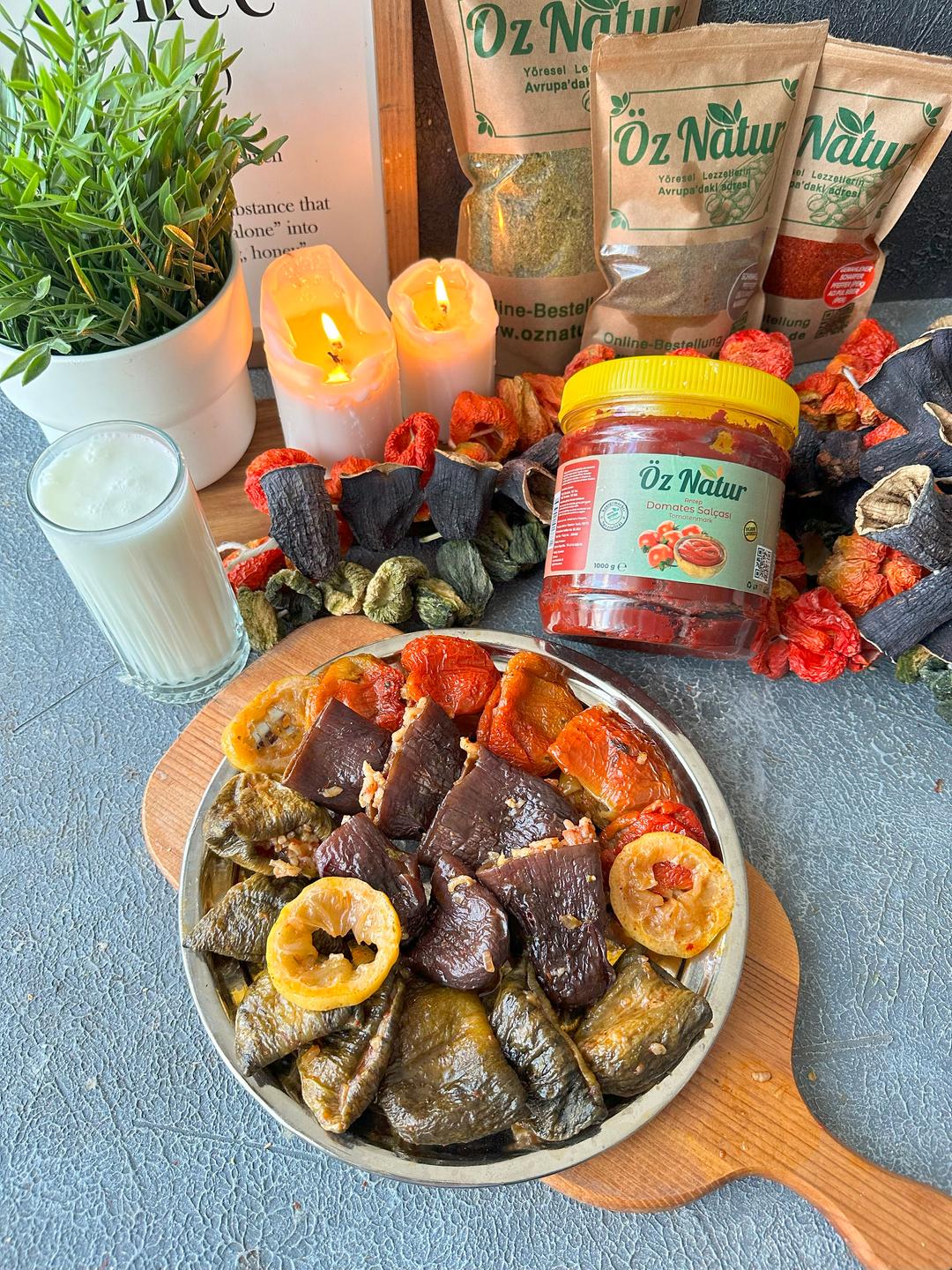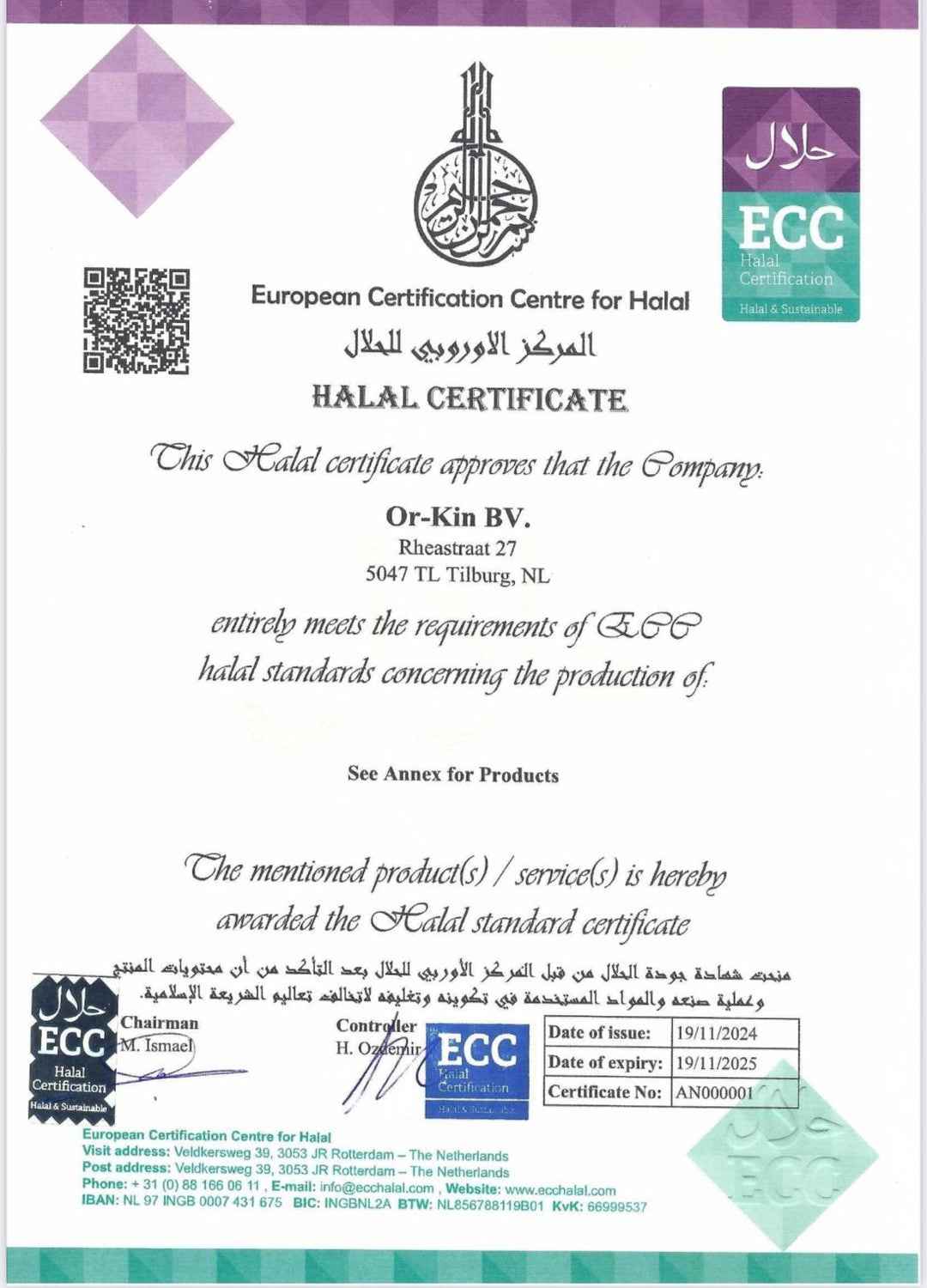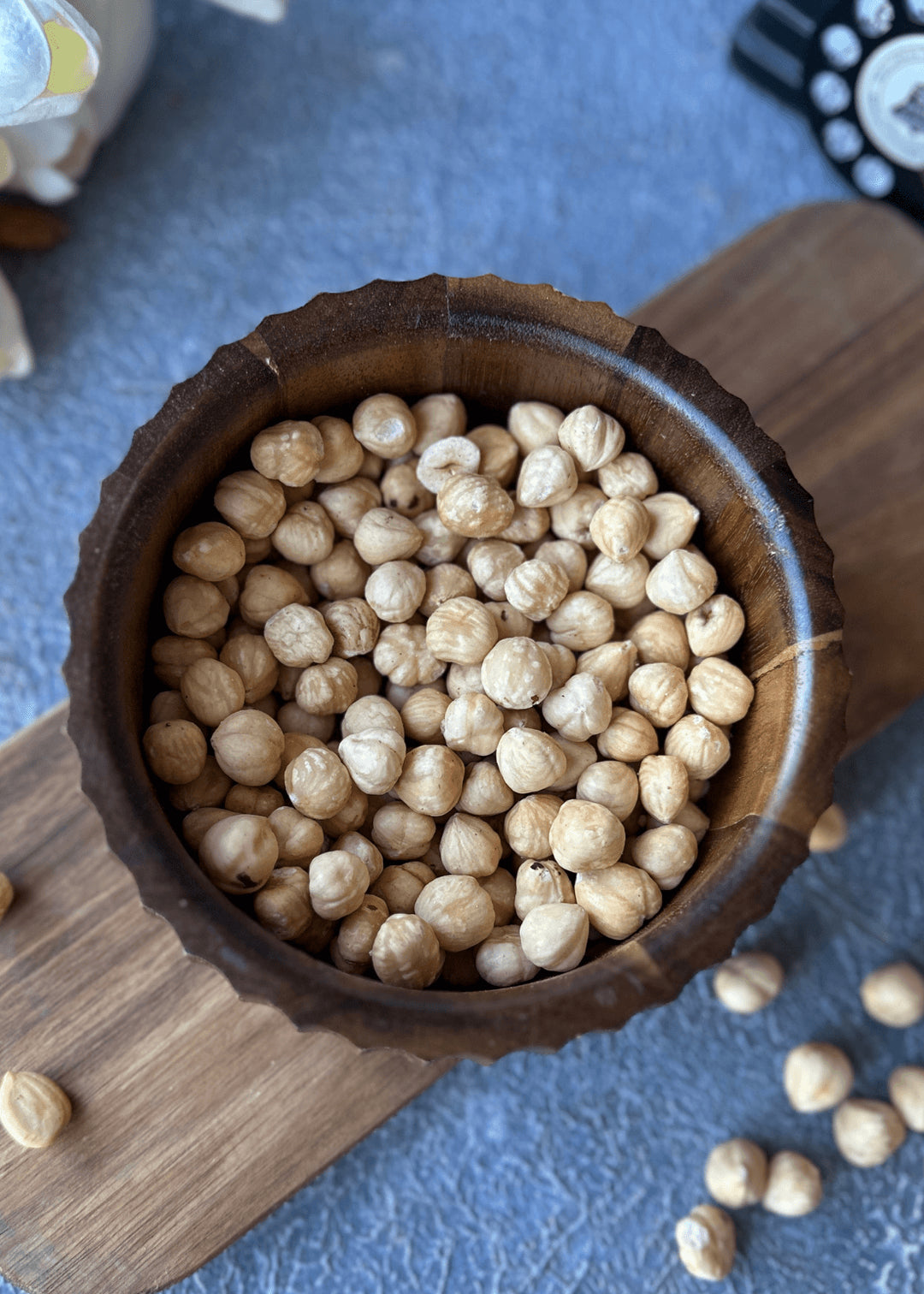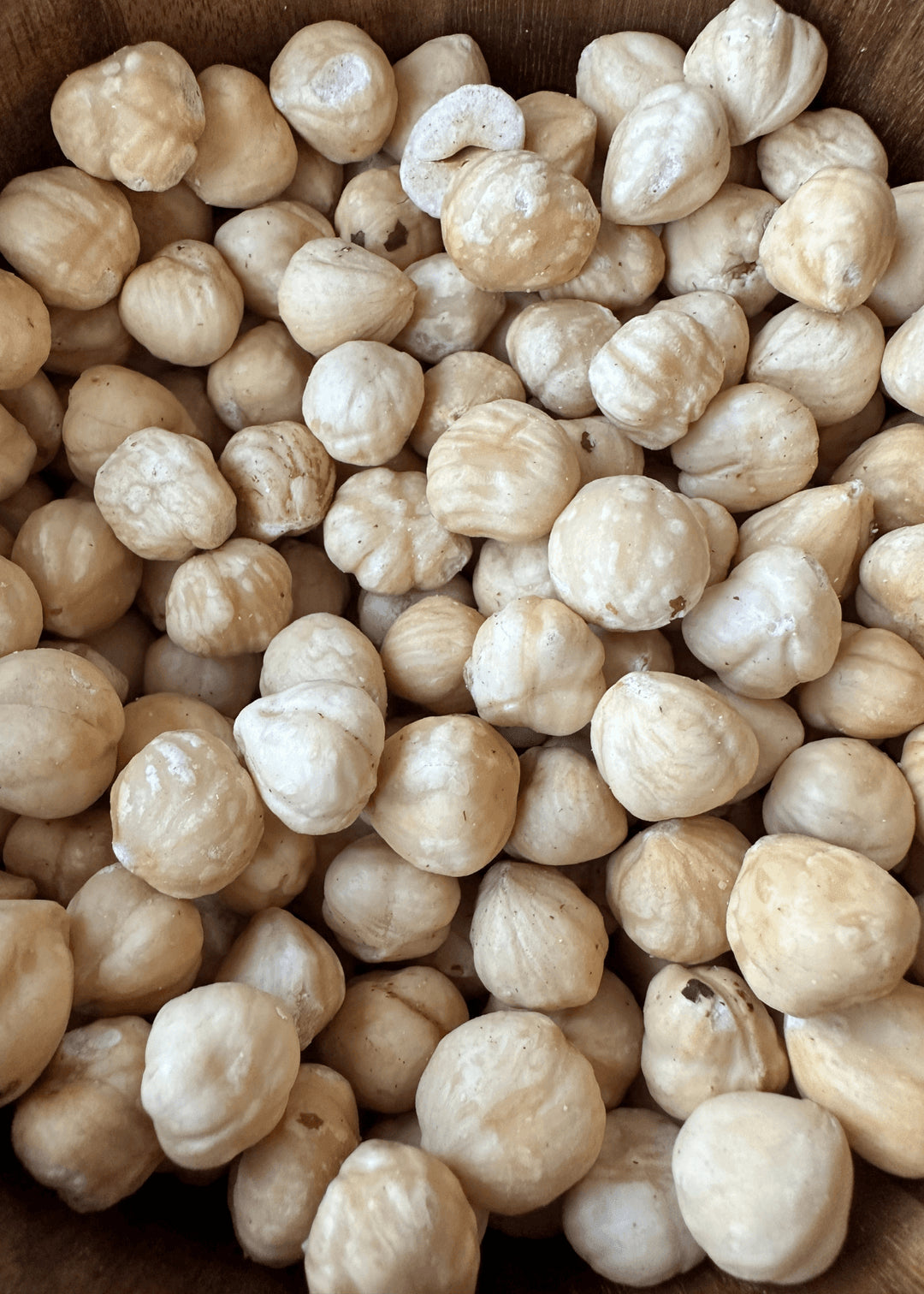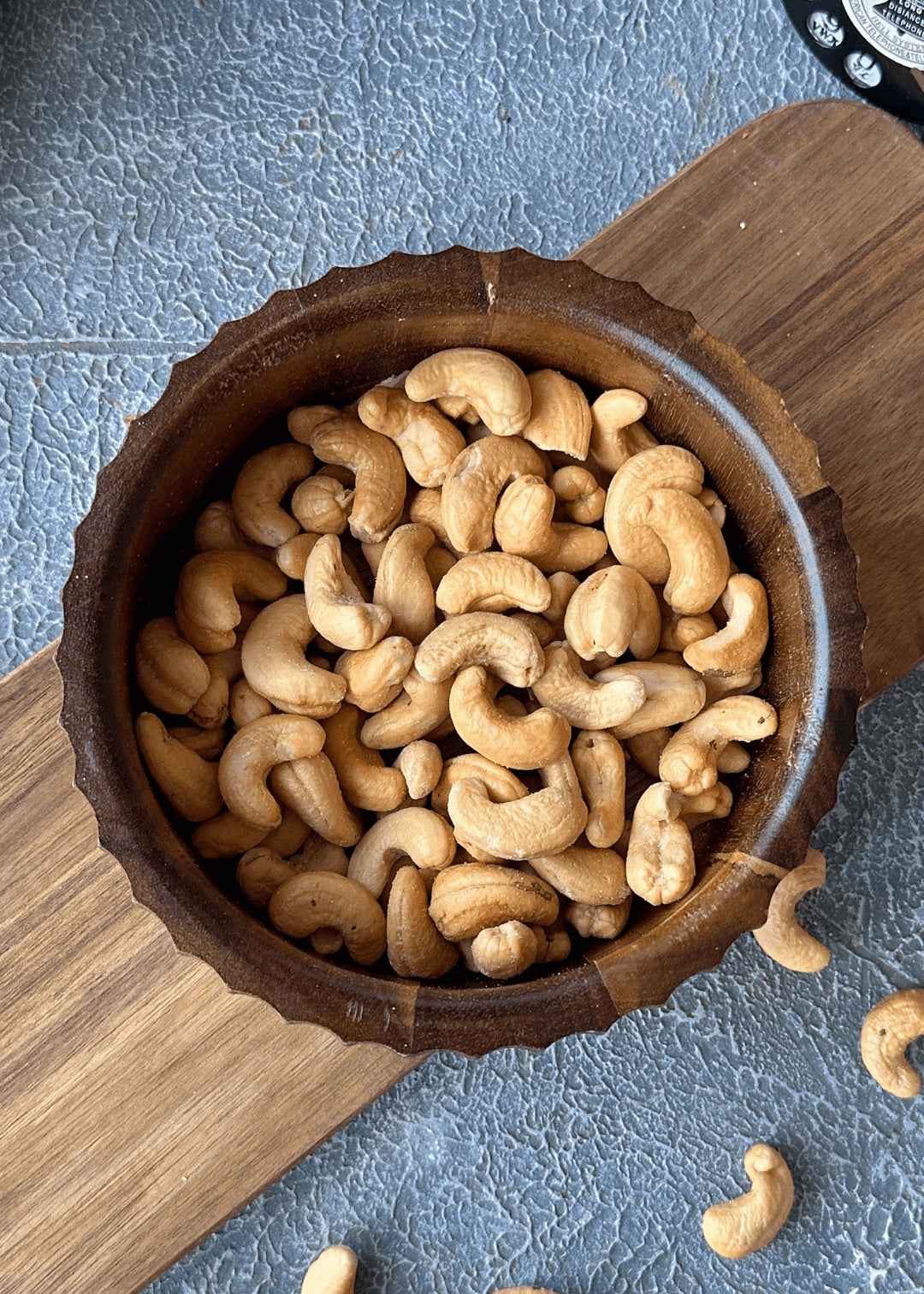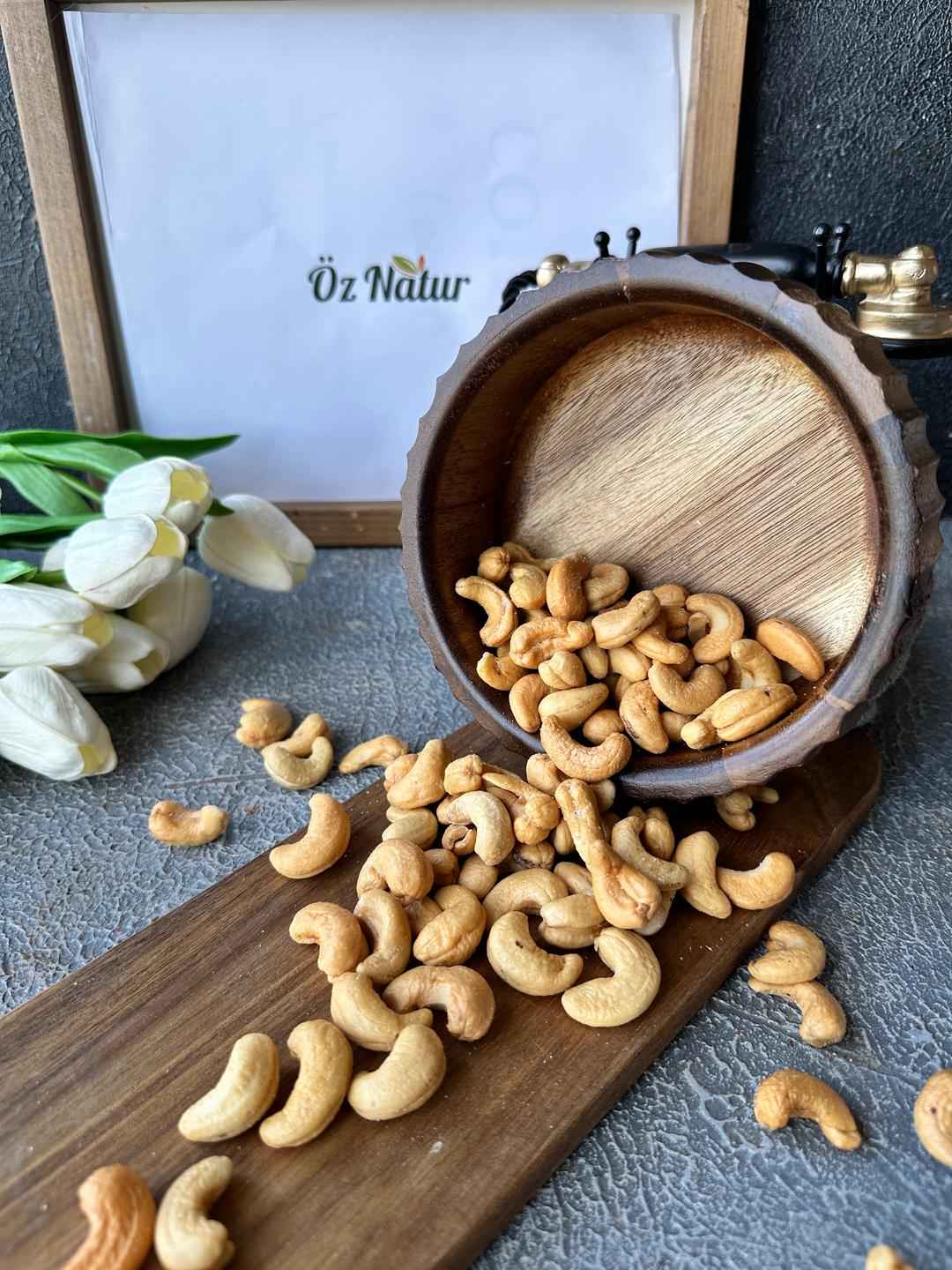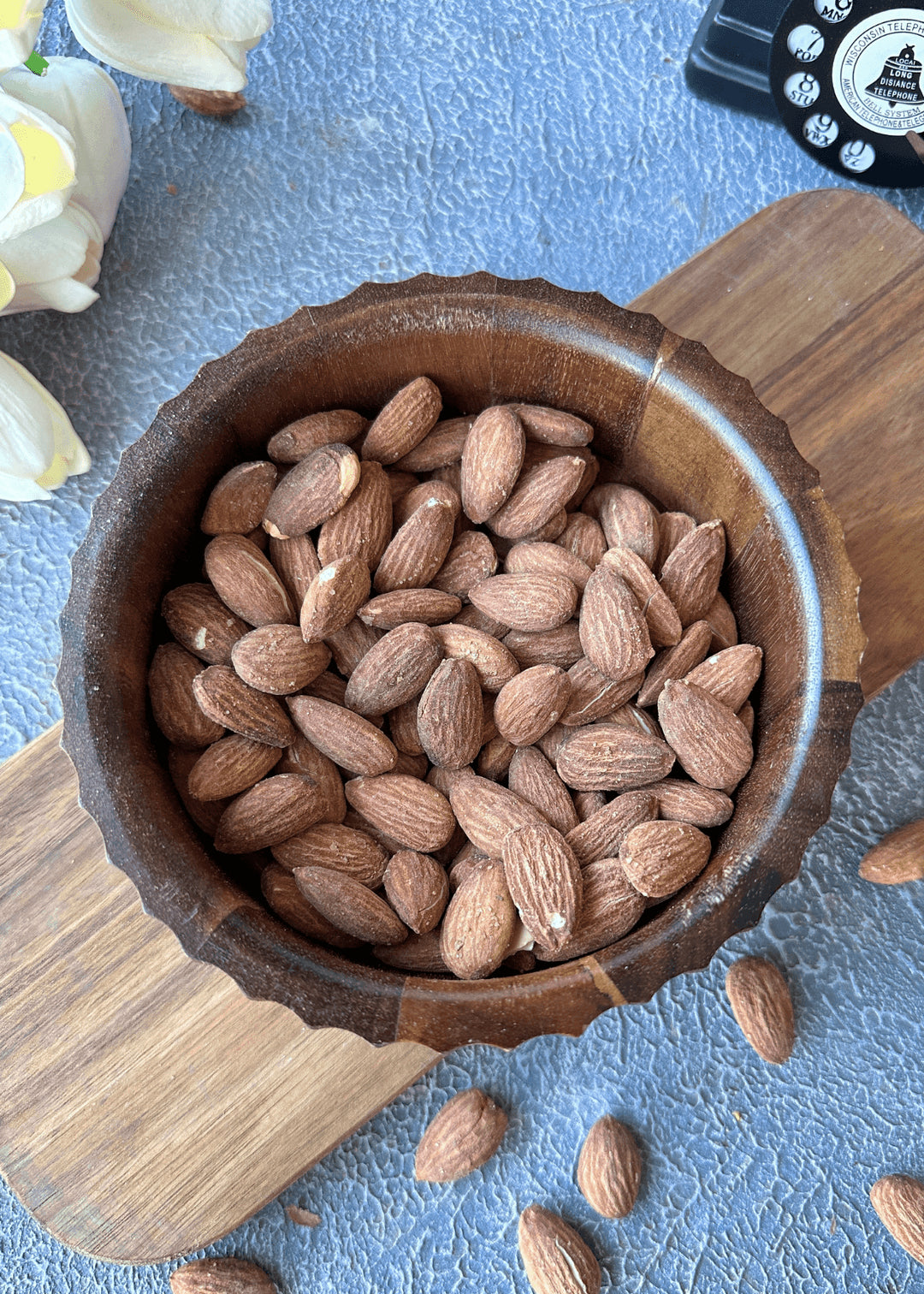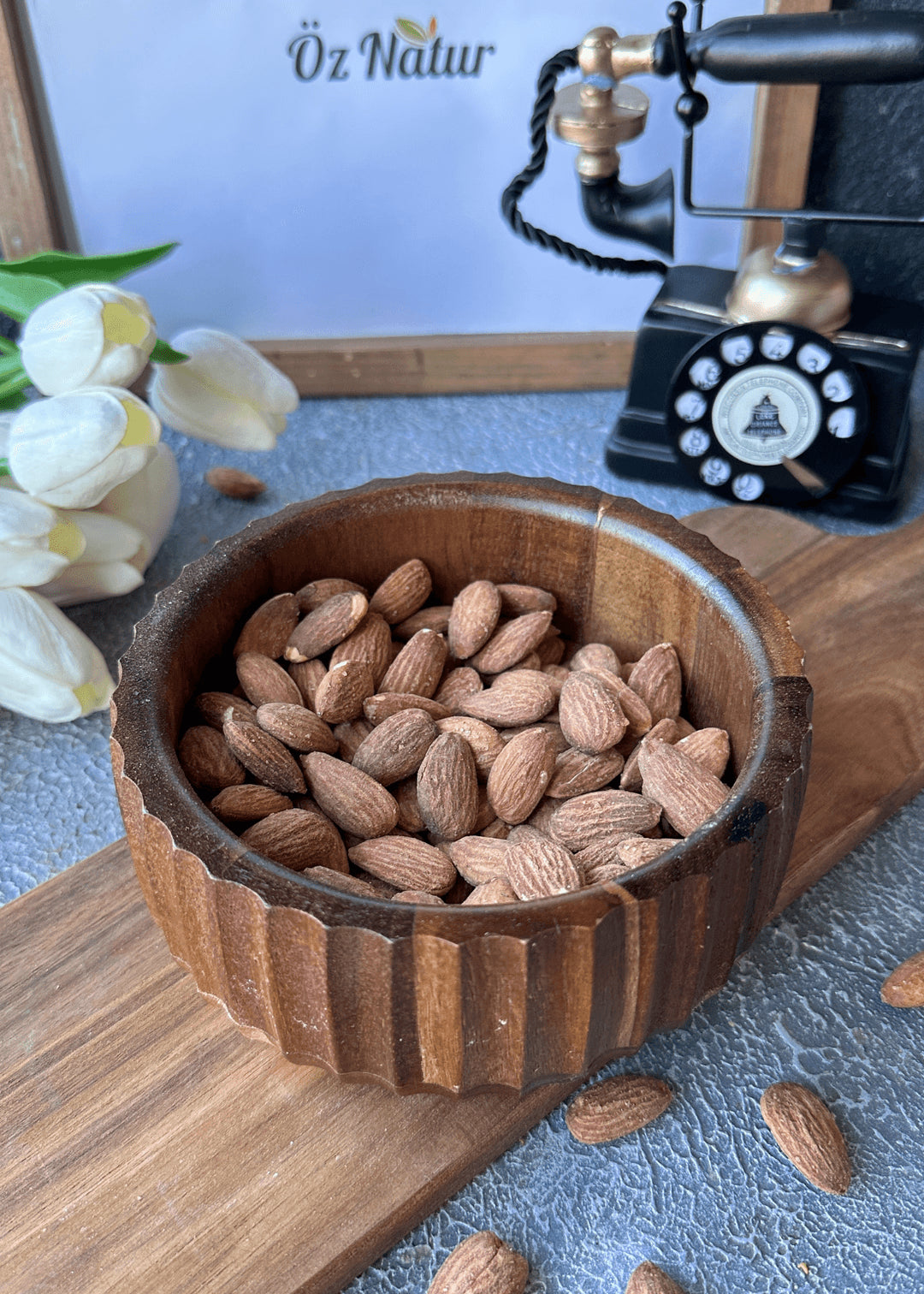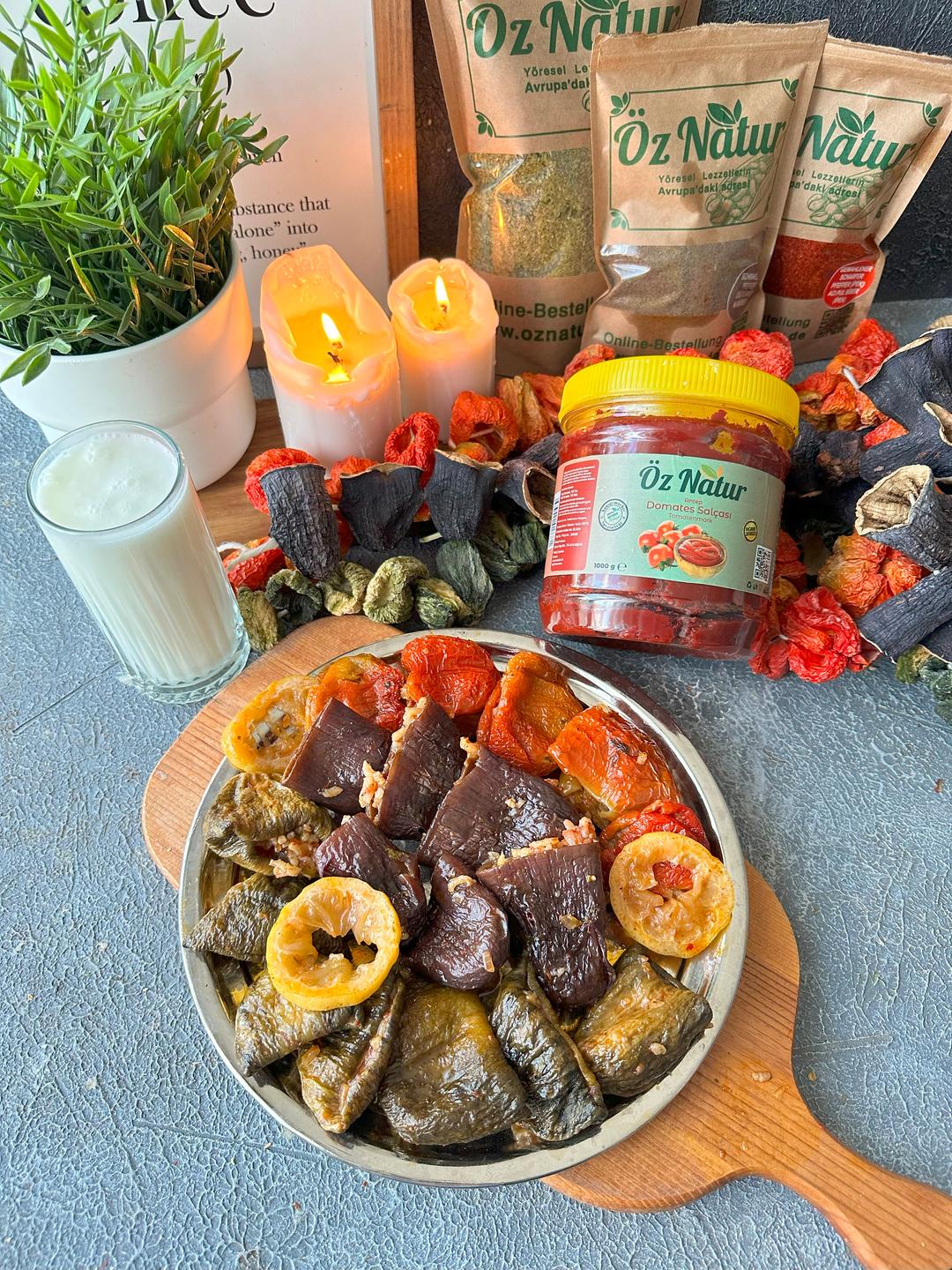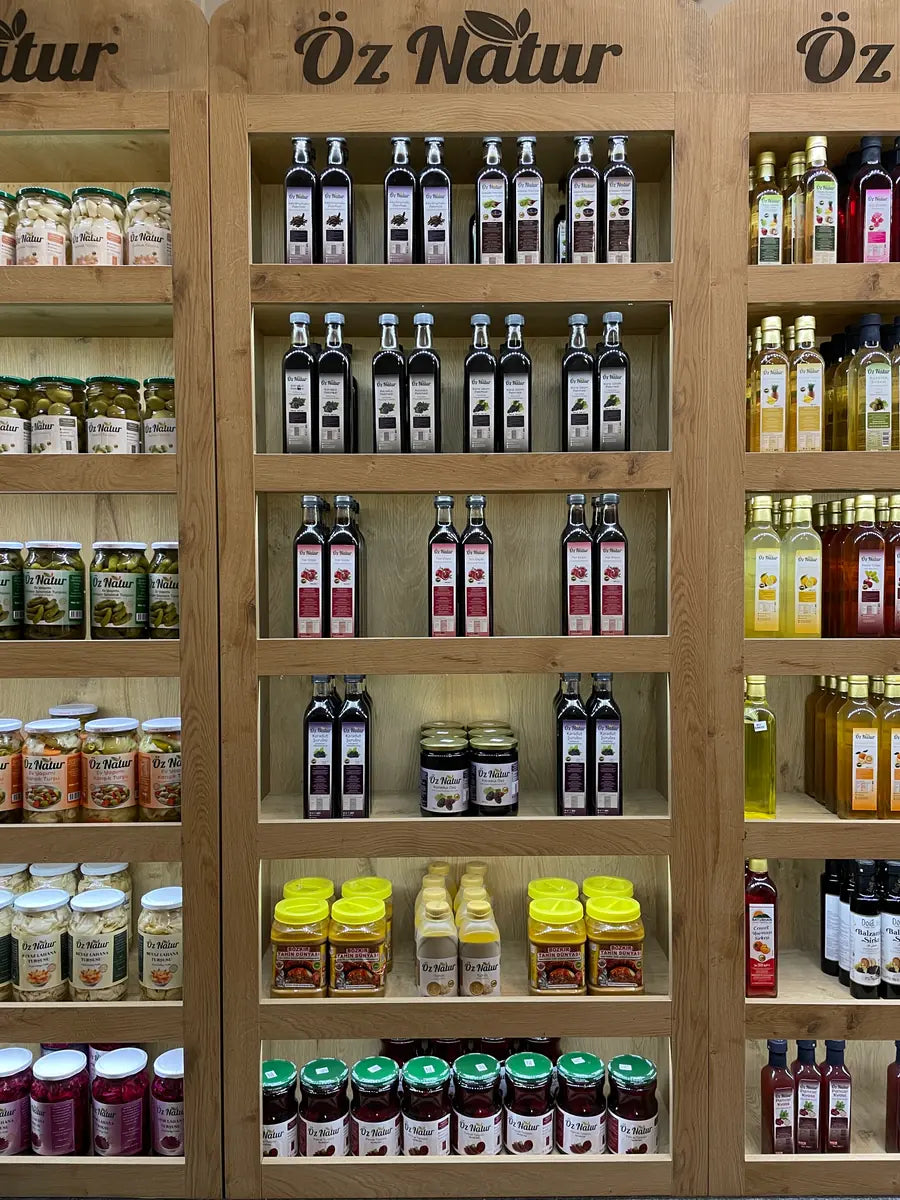Introduction to Tea Varieties
The way tea leaves are processed directly affects the taste, color, and aroma of the tea. Some of the most recognized types include black tea, green tea, white tea, oolong tea, and pu-erh tea. Each type has a distinct flavor profile and holds cultural importance in different regions. For example, black tea is commonly enjoyed in Western countries, while green tea is more prevalent in Asian cultures.
Comparing Black Tea and Green Tea
Though both teas originate from the Camellia sinensis plant, their production processes differ. Black tea is fully oxidized, which gives it a rich flavor and dark color. Green tea is not oxidized; the leaves are quickly dried to preserve a fresh, lighter taste. These differences result in varied flavor profiles—black tea being bold and malty, green tea being lighter and more vegetal.
Exploring Other Popular Tea Types
White Tea
The least processed of all tea types, white tea offers a subtle and delicate taste. It is made using young leaves that are simply dried.
Oolong Tea
This tea is partially oxidized and falls between black and green tea in flavor. It features a balanced, complex aroma.
Pu-erh Tea
Aged and fermented, pu-erh tea develops a deep, earthy character. It is often sold in compressed forms like tea bricks or cakes.
Preparation and Daily Use
Brewing Methods
Each tea type has optimal brewing times and temperatures. For example, green tea is best steeped at 70–80 °C to maintain its delicate flavors.
Daily Consumption
Many people drink around 3–4 cups of tea per day, depending on personal preference and tolerance. Caffeine levels vary by tea type and should be considered when choosing your daily amount.
Conclusion
From bold black tea to mellow white tea, there is a tea for every taste preference. Brewing technique, regional origin, and personal taste all influence the final tea experience. Exploring different types helps in finding the right match for your routine or moment of relaxation.


